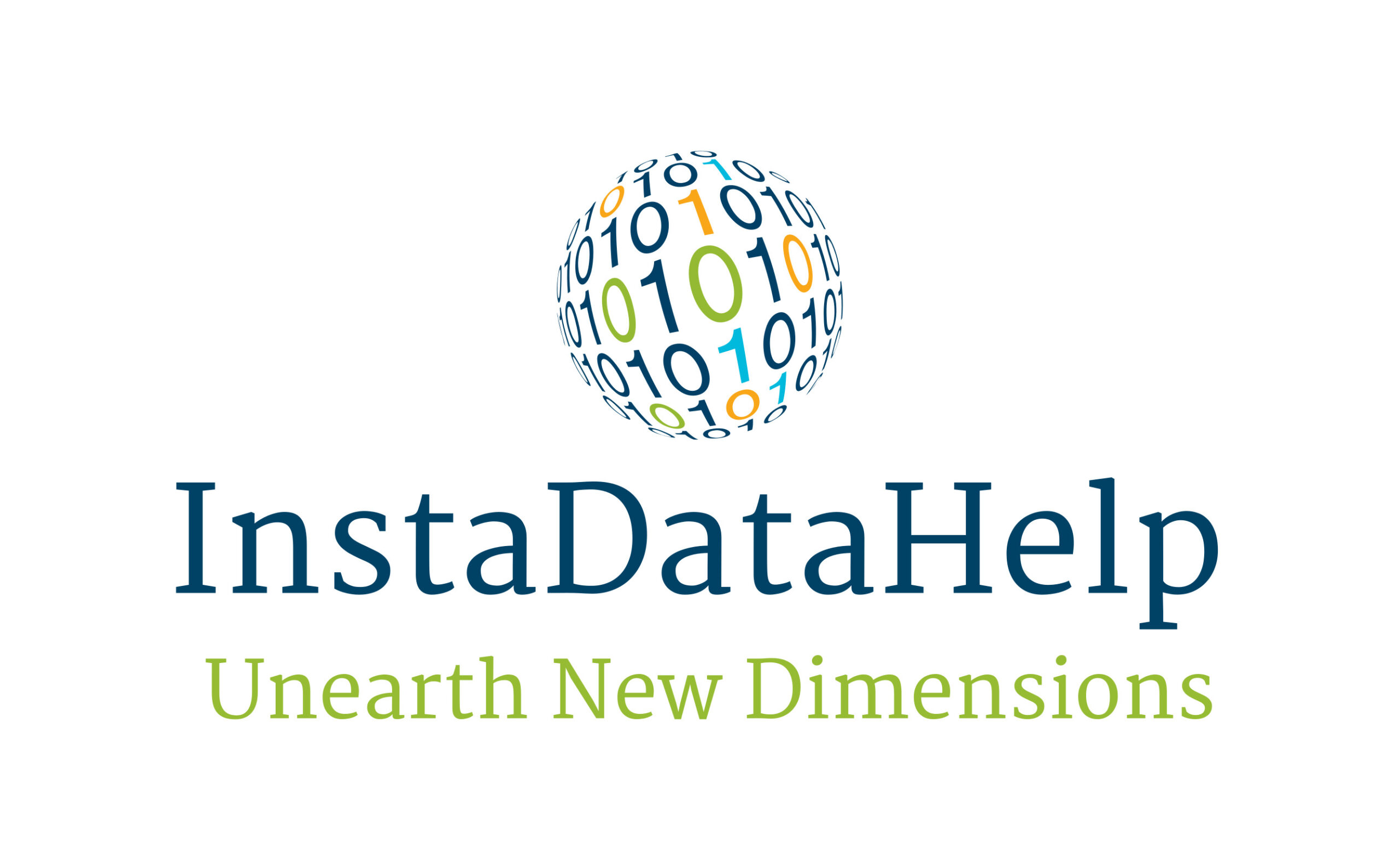Deep Learning vs. Traditional Machine Learning: Which is Better?
Introduction:
In recent years, the field of artificial intelligence (AI) has witnessed significant advancements, particularly in the areas of machine learning and deep learning. These two approaches have revolutionized various industries, including healthcare, finance, and technology. However, there is an ongoing debate about which method is superior: deep learning or traditional machine learning. This article aims to explore the differences between these two approaches and determine which one is better suited for different applications.
Understanding Traditional Machine Learning:
Traditional machine learning is a subset of AI that focuses on algorithms and statistical models to enable computers to learn from data and make predictions or decisions without being explicitly programmed. It involves the use of labeled datasets, where the algorithm learns patterns and relationships to make accurate predictions on new, unseen data.
Traditional machine learning algorithms are typically based on statistical techniques such as linear regression, decision trees, support vector machines, and random forests. These algorithms require feature engineering, which involves manually selecting and extracting relevant features from the data. Feature engineering is a time-consuming and labor-intensive process that requires domain expertise.
Advantages of Traditional Machine Learning:
1. Interpretability: Traditional machine learning algorithms are often more interpretable than deep learning models. They provide insights into the decision-making process, allowing users to understand why a particular prediction or decision was made. This interpretability is crucial in domains where transparency is essential, such as healthcare and finance.
2. Smaller Datasets: Traditional machine learning algorithms can perform well even with smaller datasets. They require less data to train and can handle situations where data availability is limited.
3. Computationally Efficient: Traditional machine learning algorithms are computationally efficient compared to deep learning models. They can be trained and deployed on less powerful hardware, making them more accessible for resource-constrained environments.
Understanding Deep Learning:
Deep learning, on the other hand, is a subset of machine learning that focuses on artificial neural networks inspired by the human brain’s structure and functionality. It involves the use of multiple layers of interconnected nodes, known as neurons, to learn hierarchical representations of the data.
Deep learning models are capable of automatically learning features from raw data, eliminating the need for manual feature engineering. They excel in tasks such as image and speech recognition, natural language processing, and recommendation systems.
Advantages of Deep Learning:
1. Feature Learning: Deep learning models can automatically learn relevant features from raw data, eliminating the need for manual feature engineering. This ability to learn hierarchical representations allows deep learning models to capture complex patterns and relationships in the data.
2. Scalability: Deep learning models can scale with the size of the data. As the amount of data increases, deep learning models can continue to improve their performance, unlike traditional machine learning algorithms that may plateau.
3. State-of-the-Art Performance: Deep learning models have achieved state-of-the-art performance in various domains, including computer vision and natural language processing. They have surpassed traditional machine learning algorithms in tasks such as image classification, object detection, and machine translation.
Which is Better?
Determining which approach is better, deep learning or traditional machine learning, depends on the specific task and available resources. Here are some considerations:
1. Data Availability: Deep learning models require large amounts of labeled data to achieve optimal performance. If labeled data is scarce, traditional machine learning algorithms may be a better choice.
2. Interpretability: If interpretability is a critical factor, traditional machine learning algorithms are preferred. Deep learning models are often considered black boxes, making it challenging to understand their decision-making process.
3. Computational Resources: Deep learning models are computationally intensive and require powerful hardware, such as graphics processing units (GPUs), to train and deploy. If computational resources are limited, traditional machine learning algorithms may be more feasible.
4. Task Complexity: For complex tasks that involve unstructured data, such as images, videos, and text, deep learning models have shown superior performance. Traditional machine learning algorithms may struggle to capture the intricate patterns and relationships present in such data.
Conclusion:
In conclusion, both deep learning and traditional machine learning have their strengths and weaknesses. Traditional machine learning algorithms offer interpretability, work well with smaller datasets, and are computationally efficient. On the other hand, deep learning models excel in feature learning, scalability, and achieving state-of-the-art performance in complex tasks.
The choice between deep learning and traditional machine learning depends on the specific task, available data, interpretability requirements, and computational resources. It is essential to carefully evaluate these factors to determine which approach is better suited for a particular application. Ultimately, the decision should be based on the specific needs and goals of the project at hand.



Recent Comments